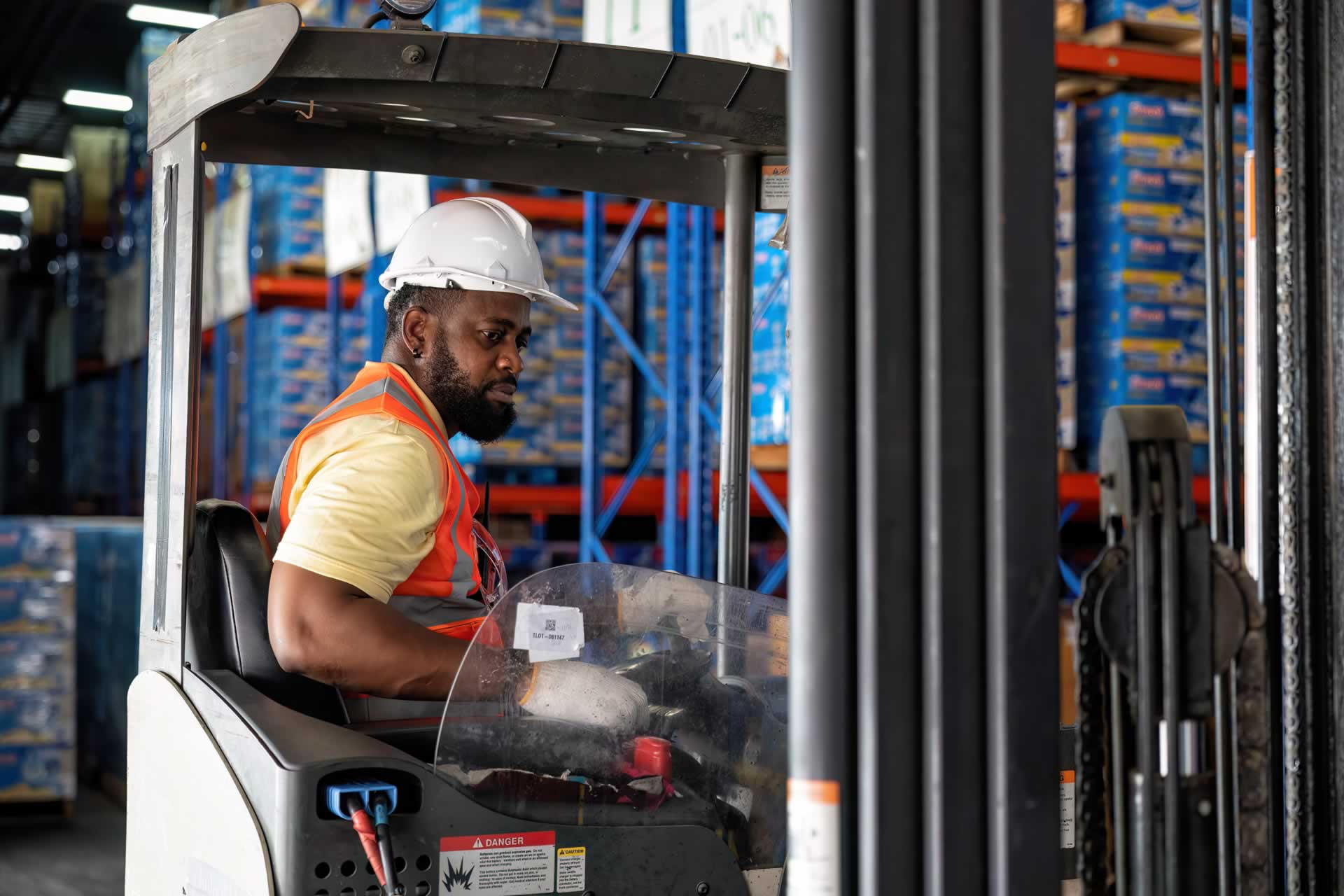
Operations within the warehouse or DC are often well-planned, well-documented, and frequently aided by technology. Businesses have gradually automated this element of their supply chains with warehouse management systems (WMS). When products arrive at their final destination and are on the “other side of the gate,” transportation management systems (TMS) take over.
The yard and port, dubbed “black holes” in the supply chain, are positioned between the WMS and TMS. This is because many facilities either do not use technology to manage these critical areas or use solutions that do not “talk” to other platforms.
This situation creates supply chain gaps, which organizations increasingly attempt to avoid in today’s fast-paced, resource-constrained fulfillment environment.
Companies may bridge the gap between their existing solutions by deploying software that gives trailer and cargo visibility, automates the truck arrival, check-in, and departure processes, monitors trailer movement in the yard and tracks activities on the dock. They can also increase operator safety and cut demurrage and detention expenses by speeding up their transportation operations.
What is yard management?
In yard management, shipments, workers, vehicles, trailers, and more are scheduled, coordinated, and directed inside a facility’s dock and yard.
Recent supply chain volatility and the complexity of yard management concerns have prompted many firms to examine their yard operations in search of possibilities to boost efficiency. Yard Management Software (YMS) is a crucial tool for yard management and optimization in this situation.
What is yard management software?
Yard management software, or YMS, is a software solution that streamlines these processes. A YMS may streamline scheduling, assist in monitoring equipment and items, and provide you access to real-time information for better decision-making, rather than having to plan and keep track of your daily yard activities manually.
YMS can be a component of or coupled with other software programs like enterprise resource planning (ERP), transportation management systems (TMS), or warehouse management systems (WMS) to achieve company-wide visibility and control. In one of the following sections, we’ll go through potential integrations.
To further appreciate why the YMS is being implemented, let’s now discuss the major yard management challenges.
What are the common challenges of yard management?
The issues of yard management are numerous. For instance, you must be able to precisely track assets if you want to stop theft and loss. To avoid keeping consumers waiting, you should also be able to organize appointments effectively. Additionally, you must be able to control gates to prevent unwanted visitors from entering the building. Checking on various assets, goods, and employees will require going about the yard physically for a large portion of this labor. YMS decreases the time required to execute site checks. As shuttle drivers may begin electronically confirming the fulfillment of movement orders, it also cuts down on time required for radio communication.
The need for connectivity between logistics systems utilized in yard situations is a significant problem. The many platforms used for fleet and inventory management sometimes need to link better or report in real-time. This results in resource misuse, increased vehicle traffic, higher labor and equipment expenses, and stress on working relationships.
However, the complexity of customer needs is a more recent issue influencing the development of yard management systems and the use of these systems.
The logistics sector is under more stress as e-commerce grows because it must deal with rising demand, erratic demand shifts, and tighter deadlines. By giving real-time data and predictive insights into systems frequently too complicated for conventional management methods (and software solutions) to monitor and analyze, yard software assists the most forward-thinking businesses in maintaining their competitiveness.
The best tip in looking for the perfect yard management software is to know what you are looking for.
It would be best if you made a few considerations while selecting a YMS system for your company. The size of your company and its financial situation should be your priorities. There is a wide variety of YMS systems on the market. Some are exclusively intended for small yards and indoor/outdoor settings. Many have more constrained uses because they involve sensors, which are far less precise than the most advanced technology. Second, think about your unique requirements. When it comes to managing their yards, every business has various needs. As a result, you must ensure that the selected system has the characteristics you want. Software and sensor systems are frequently customized to meet your exact needs. Last but not least, while selecting a YMS system, you should consider your company’s future demands. Please make sure the system you choose can expand with your company as it grows because, as it does, your demands will alter.
Some current YMS users are evaluating their present setups and figuring out how to maximize their effectiveness. The current effort to optimize YMS—and, it is expected, the majority of other forms of SCM software—allows businesses to use what they already have better while avoiding the expenditure of purchasing new software programs.
Additionally, shippers are integrating their current software programs to improve visibility across the supply chain and at the yard. A yard management system could be linked to a fleet monitoring program, for instance, by the company that uses it to track where trailers are traveling and whether they will be delayed.
In this manner, the YMS will have the data to track precise arrival timings and make forecasts based on traffic delays. The YMS follows the trailer and notifies users when to pull up and move away from the pier.
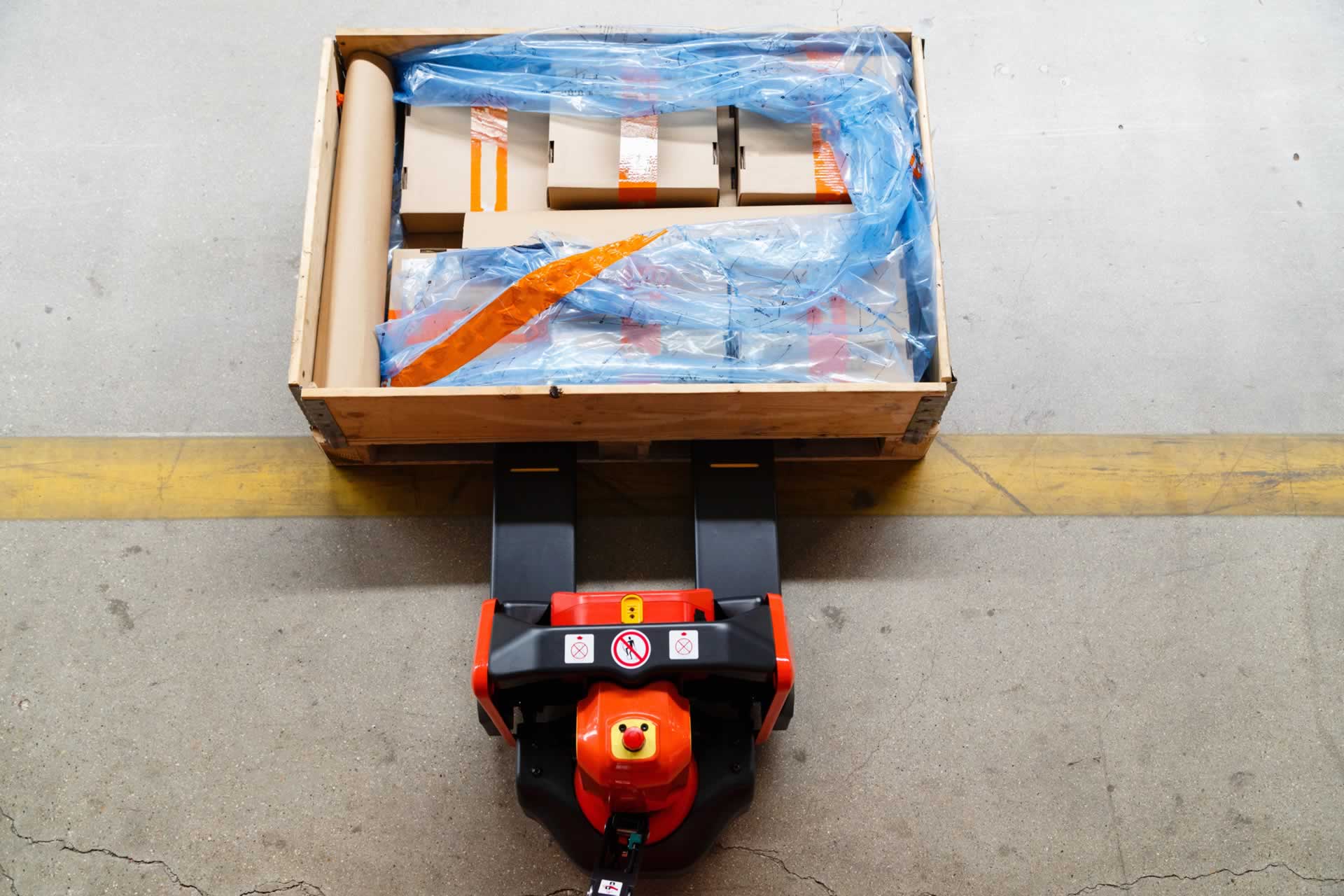
Why even bother?
The importance of a yard management system is typically underestimated. They must, however, cope with the problems that result from ignoring their significance. Difficulties that differ from one place to another are frequently encountered. However, there is some common ground since most people have issues in these four areas.
1. Saved time and improved planning.
When there is more visibility in your yard, it is easier to look for or locate items. Furthermore, it facilitates the quick movement of your goods and enhances visibility to avoid situations in which cars cannot enter or depart the yard. In the long run, you wind up saving a ton of time.
When you have a well-organized management system, you can always plan. You can plan for the drivers’ arrival and anticipate your schedule. You may also plan your work and anticipate any yard activity. You won’t need to spend extra money on overtime work since you’ll be ready for products to enter the yard.
2. No security problems
The best yard management software on the market enhances safety by removing the need for staff to inspect every square inch of the yard physically. Truck instrumentation computes drive duration, safety standards, and speed.
The YMS accurately records each trailer, automobile, and driver’s entry and exit. Utilizing technology also ensures that seals are checked, and any damage is noted along with shipment details.
For security and loss prevention, YMS automatically registers trailer movements and keeps a record. Each vehicle’s and trailer’s history is kept to report events, efficiently monitor them, and calculate differentials based on check-in and check-out status. Additionally, it contributes to ongoing data collection to enhance planning processes and uses trailer aging data to ensure that unloading tasks are completed.
3. Encouraged cooperation between carriers.
Forward-thinking shippers view guest carriers as clients. Some even allow carriers to access their YMS to receive real-time shipping alerts. Yard automation increases throughput while reducing demurrage fees and driver detention fines.
The last stage of fulfillment may make or break a customer’s level of pleasure. A well-managed yard ensures that the right things are delivered to the right customer at the right time. Better technology increases the effectiveness of your logistics and transportation processes.
4. Accessible real-time visibility
The Yard Management System software displays the locations of assets and their current states of operation. Devices use radiofrequency identification technology for faster and more precise tracking.
The system allows you to speed up processes like identifying available trailers for departing items by tracking visit cycle delays. YMS provides real-time information on where trailers are placed in the yard, enabling personnel to move them around staging areas and docks quickly.
The use of advanced yard management systems has reduced the amount of time that firms spend on daily paper and pen inspections. In addition to verifying, they compare the checklist to past assessments.
Request a Consultation
Need more information?
Solutions

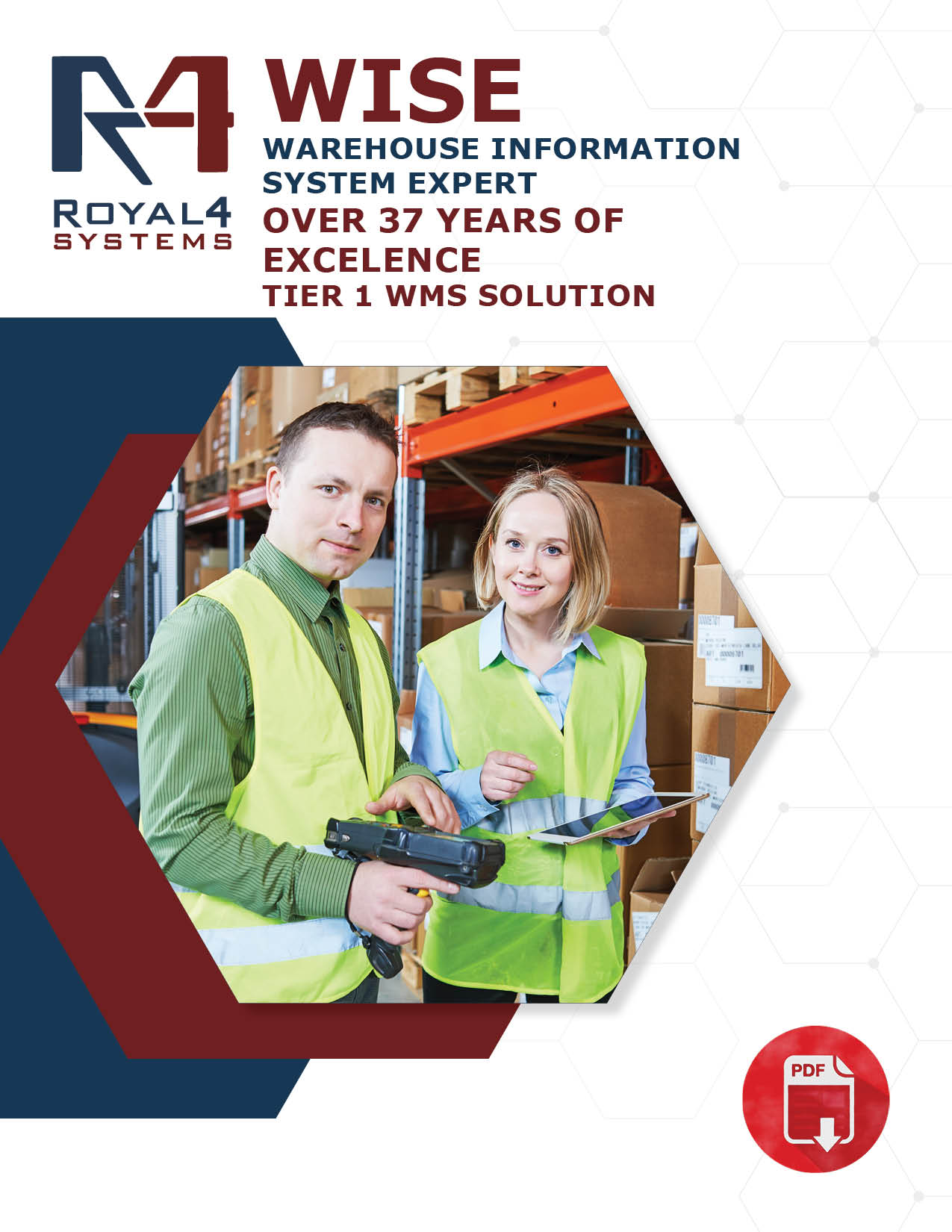
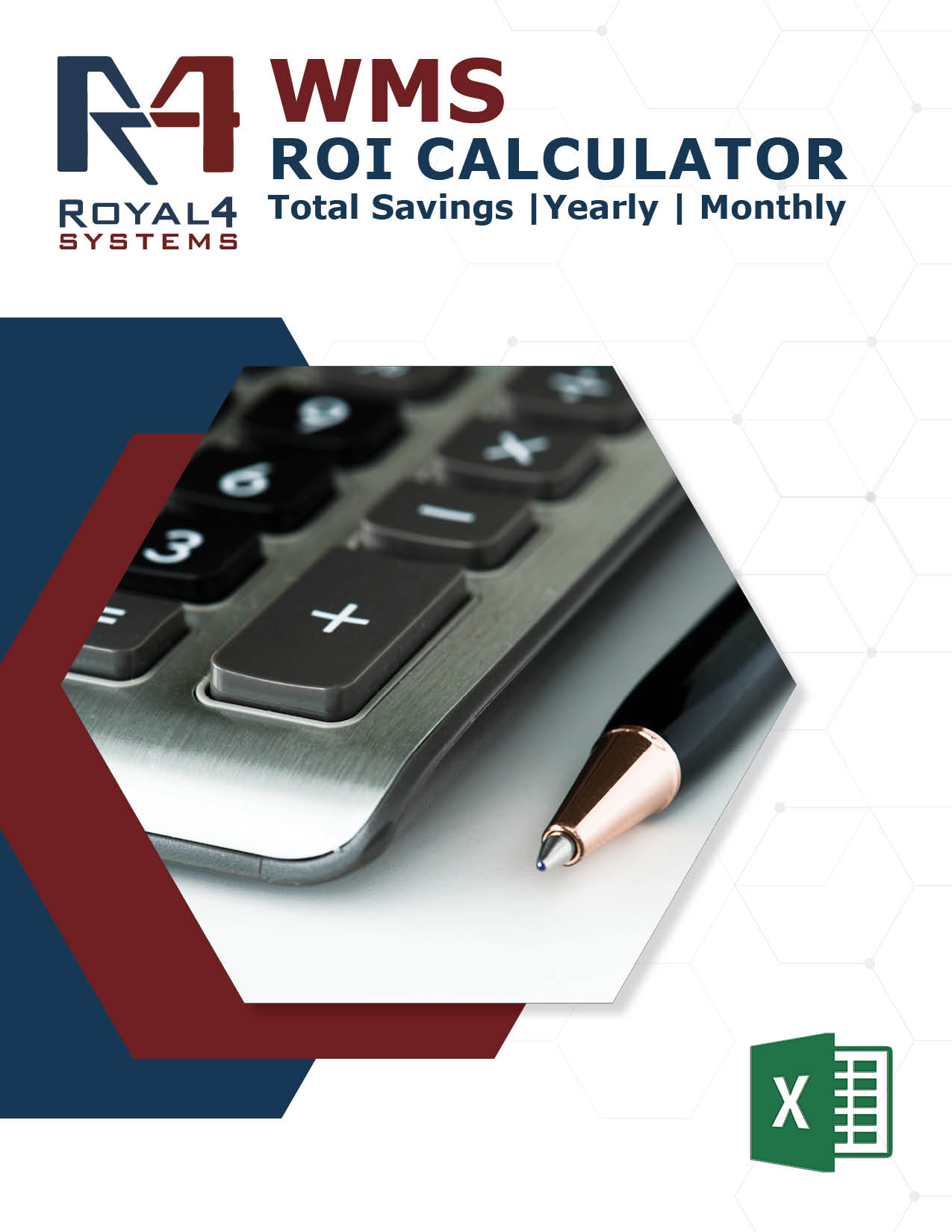
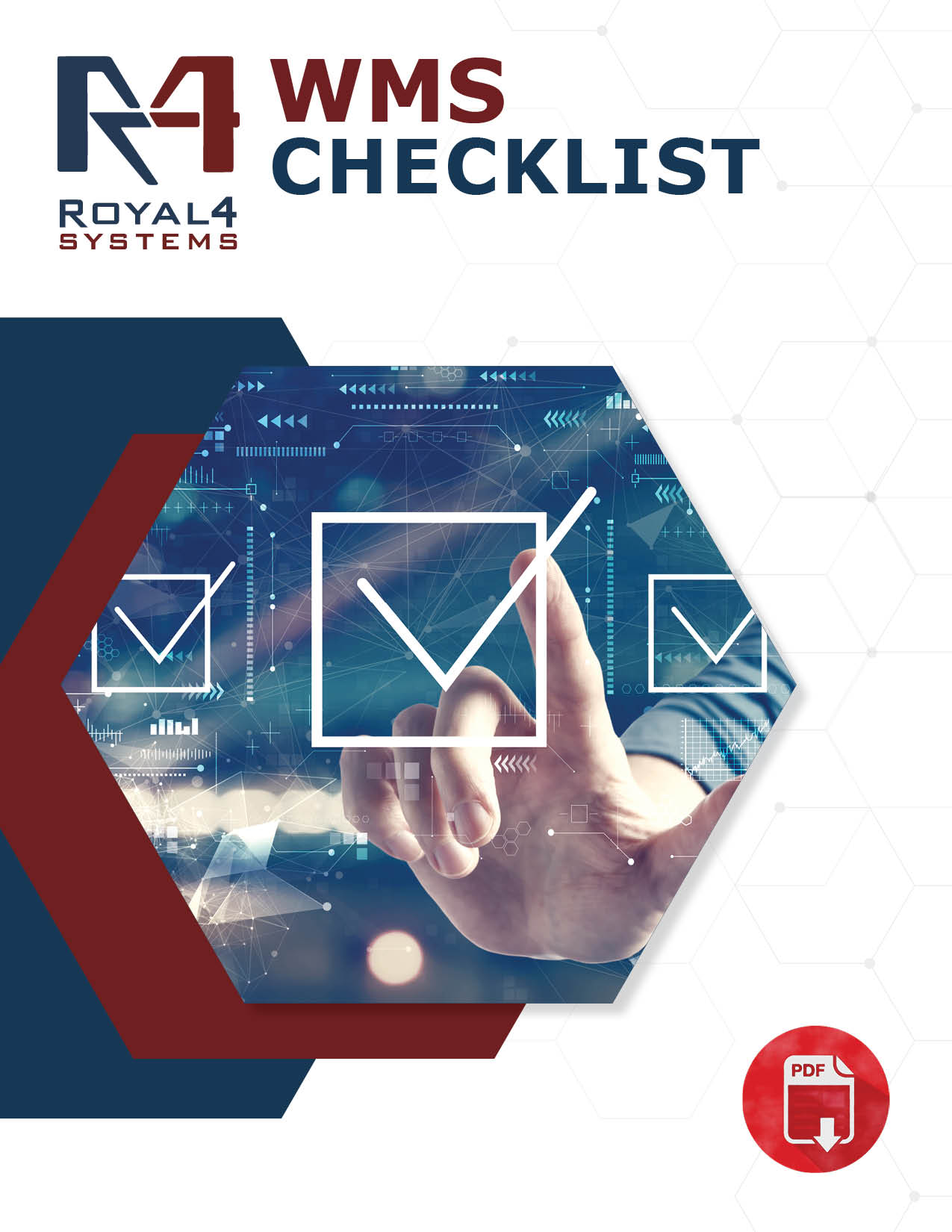


![image001[25]](https://www.royal4.com/wp-content/uploads/2023/11/image00125.png)